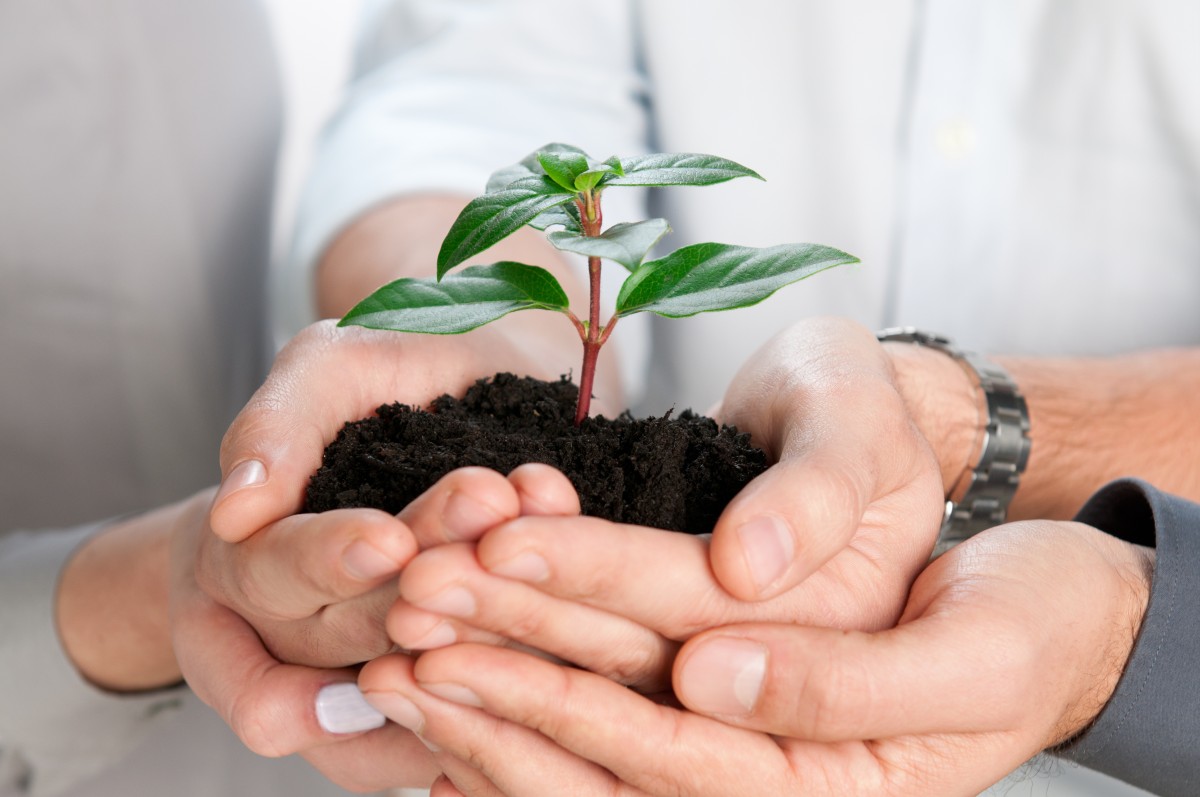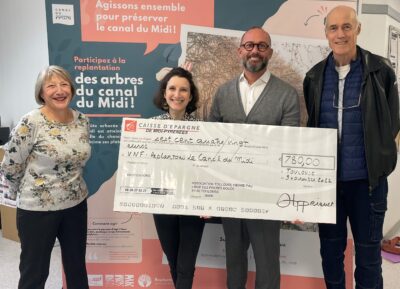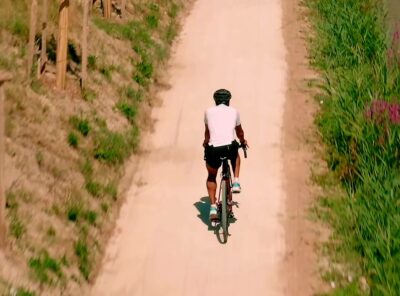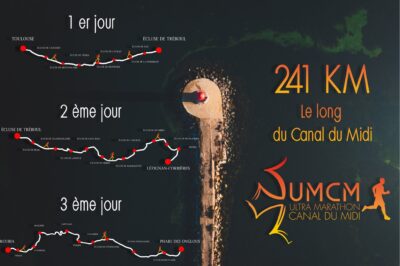Year after year, the number continues to rise. In fact, 2019 was even a record-breaking year: solidarity savings exceeded the fifteen billion euro mark (+ 3 billion euros, or + 24%)*1.
But how exactly does it work?
“Some of the money invested is donated to solidarity projects that favor social or environmental impact over the pursuit of profit,” explains Patrick Sapy, director of Finansol, to Echos2. Finansol is the leading charity in the sector and creator of the annual solidarity finance barometer. “There is a real sense of enthusiasm from the public. Savers see it as an important commitment to good causes.”
The aim is to combine economy (performance of an investment) and generosity (in support of solidarity projects). It is also sometimes referred to as “shared savings.”
The concept is simple: you put your money into an investment (savings, CIU, time deposit, life insurance) and a portion of the interest received (5%, 10%, etc.) is donated to a project: reintegration, sustainable development, access to employment, solidarity, environmental preservation, etc.
70% of “solidarity savings” involve savings accounts. More and more banks are adding sharing options to their various types of savings account. This is especially true for La Banque postale, Société Générale or Crédit Coopératif, which is the market leader.
There are now even debit and credit cards which donate a few cents to charitable projects or social and solidarity economy projects for each payment made.
“When you make a micro-donation with a credit card or by sharing the interests on your investment, it is relatively painless and more gradual than a one-time donation,” explains Julie Birs, Head of the canal du Midi Patrons Business Club. “On the other hand, for us, this allows us to benefit from stable and regular resources almost automatically.”
In order to diversify the resources of its private fundraising, Voies Navigables de France is therefore exploring partnerships, preferably with regional banks, to create new solidarity banking products in support of the Canal du Midi’s preservation and replanting project.
* (1) According to the 18th solidarity finance barometer published on June 8, 2020 by La Croix and the charity Finansol.
* (2) Les Echos. https://cutt.ly/3k5CBma
Did you know…
There are four main types of solidarity finance:
- donation via solidarity savings (payment of all or part of investment interest)
- donation of financial securities (stocks or bonds)
- donation via a solidarity debit/credit card (payment of an amount along with social contributions or with each use)
- solidarity investment products (funding a project through a specific investment that is managed by the bank)
If you wish to take out solidarity savings products, please contact your bank










